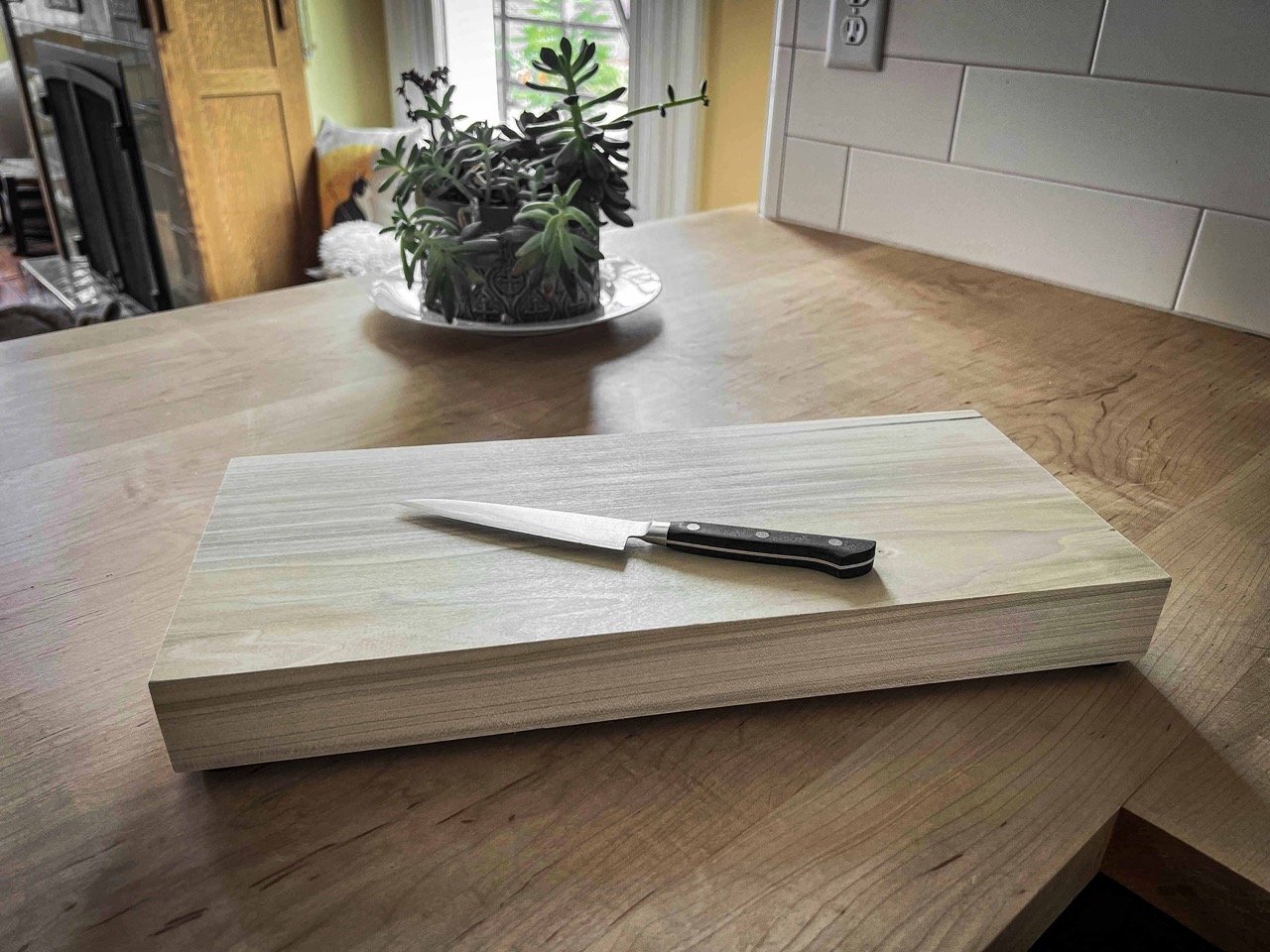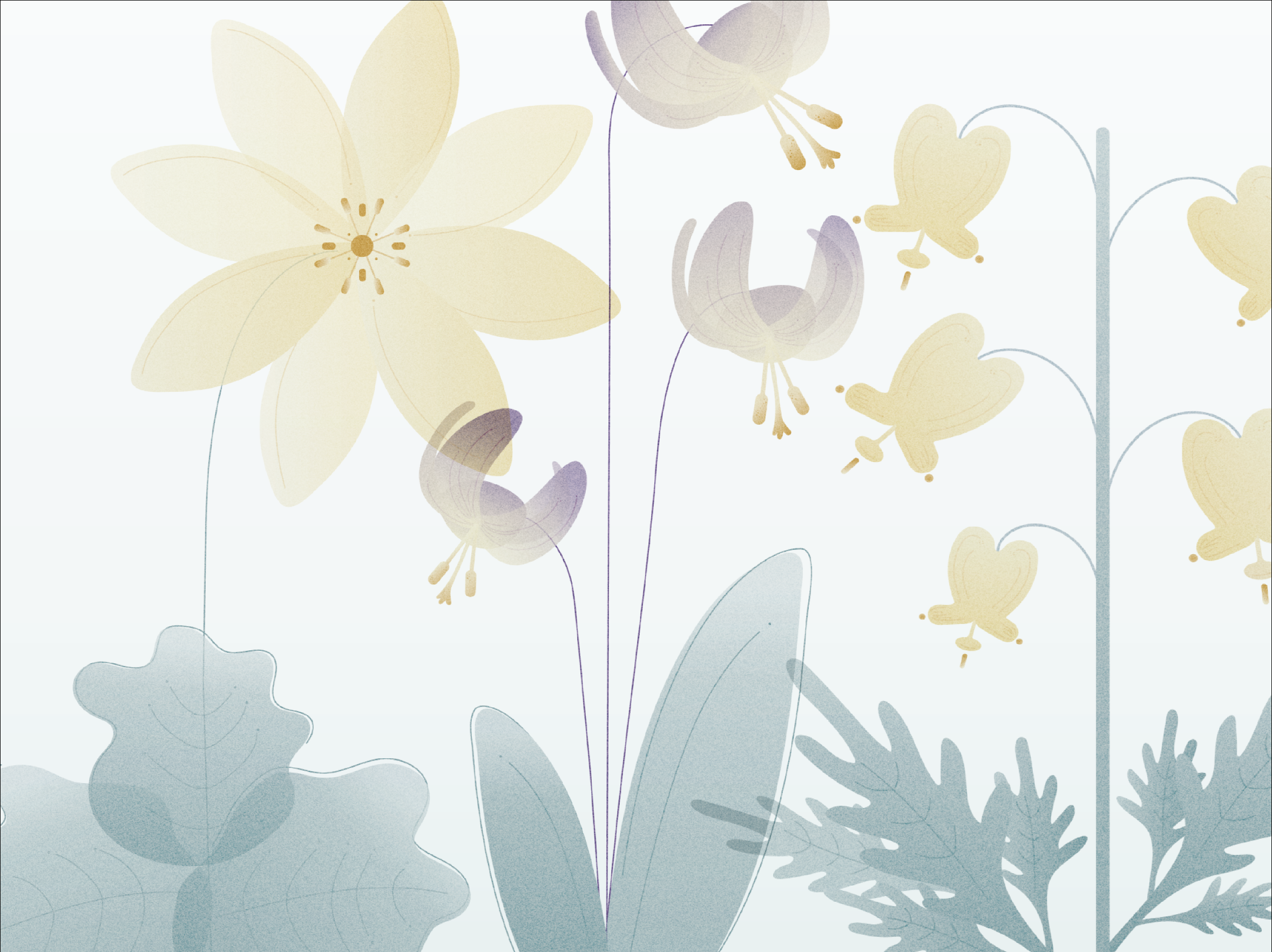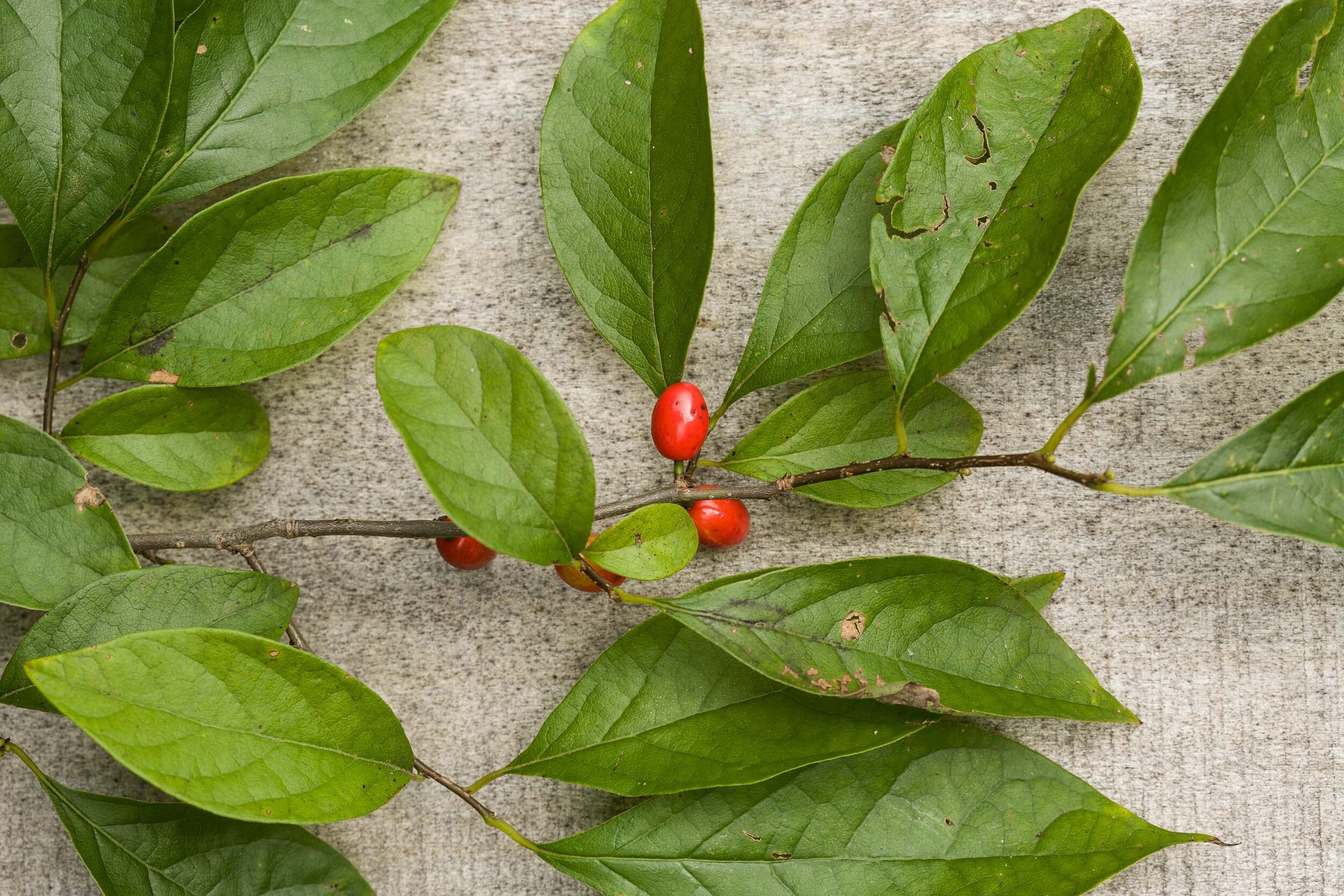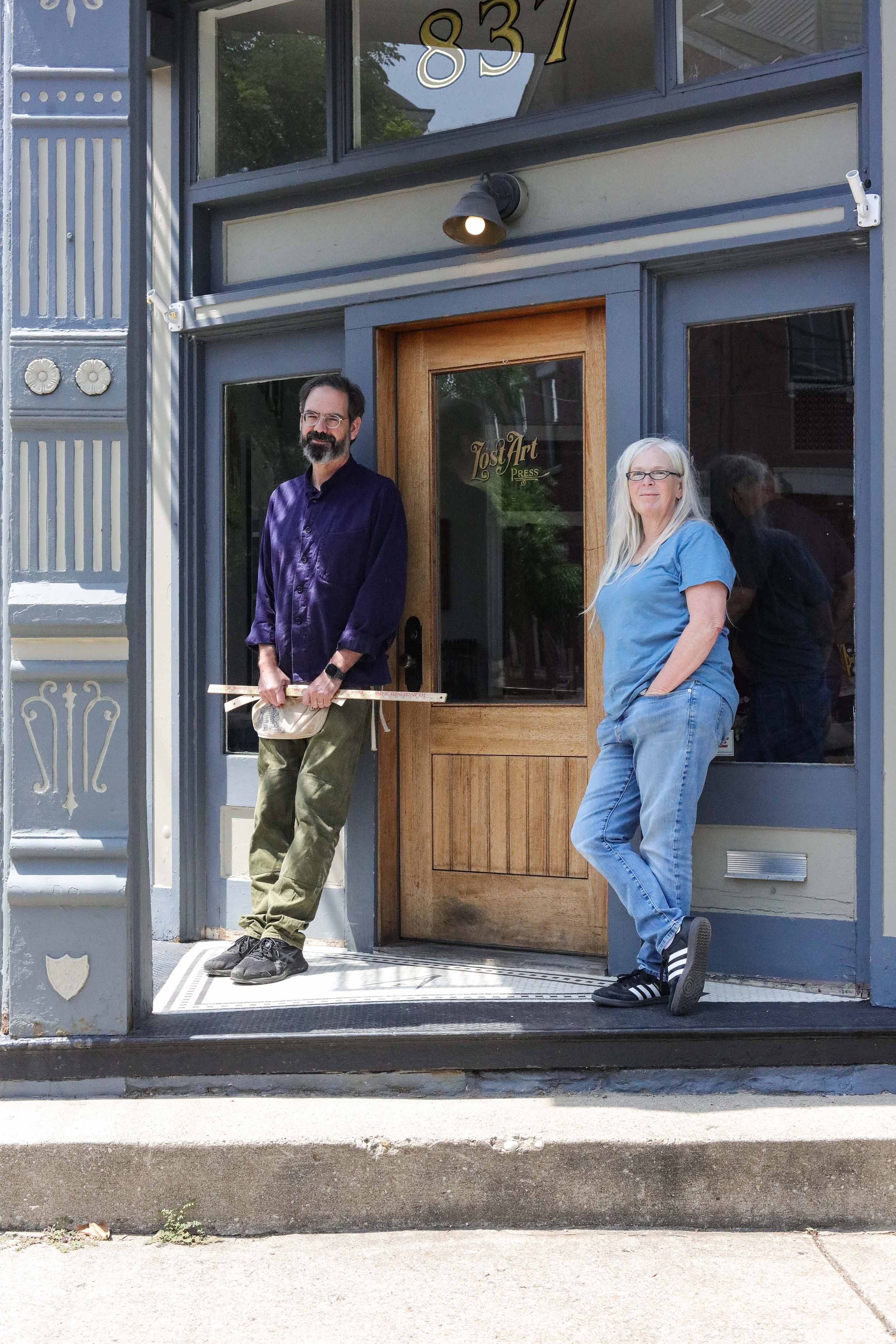The Truth About Cutting Boards

As a professional furniture maker and devoted home cook, I’m bewildered by the cutting board industry. Almost every sales pitch is incorrect, from the type of wood needed, to the way the pieces of the cutting board should be assembled and even the finish that is applied (and sold in bottles to help you maintain your expensive kitchen implement). I can’t possibly dispel all the deceptions, but here’s a start. Plus, I can show you how to make my favorite cutting board for less than $10.
Myth No. 1
Cutting boards should be made using a hard wood, such as maple.
Nope. Cutting boards made from hard woods are murder on the edges of your knives. I don’t enjoy sharpening my knives (I far more enjoy the process of making them dull), so I use a cutting board made from a soft and inexpensive wood, such as tulip poplar. You can even use pine. Yes, the cutting board gets a little chewed up, but it is easily renewed if necessary.
Myth No. 2
The cutting board’s surface should be end grain because it is durable and self-healing. Wrong and wrong. End-grain cutting boards are inherently unstable. As the wood expands and contracts each season (and comes in contact with water during cleaning), the pieces fall apart. No adhesive, fastener, or special finish can stop the process. End grain is not self-healing. The wood is dead and cannot regrow.
Myth No. 3
You need a special finish for a cutting board. Completely untrue. Truth is, you don’t need any finish on a cutting board. The finish does little to protect the wood from water. Mostly it looks good and is something extra for you to buy. If you want to oil your cutting board, use olive oil or walnut oil from the supermarket. Wipe it on. Wipe it off. Get back to cooking.
Make Your Own Cutting Board If you aren’t a woodworker, don’t worry. Visit your local lumberyard and ask to see the scrap bin. Almost every yard sells small offcuts by the piece or by the pound. Find a piece of wood you like. Thicker is better, perhaps something like 13/4-inch thick. To avoid knife-dulling hard woods, use woods that weigh less. Heavy woods are almost always hard. If the wood is rough, you can sand it, though that’s not necessary. Your knife will rough it up in short order. To keep the cutting board in place on your counter, buy some rubber feet from the hardware store that screw on (the sticky-back ones are junk). Screw the feet to the corners. Wipe on some olive oil if you are feeling fancy and get to work. Your knives will thank you.
— Christopher Schwarz,
publisher, Lost Art Press
Friends call me Chris. I’m a furniture maker, writer and toolmaker living in an old German barroom in Covington, Ky. For the last 24 years, I’ve written books, magazine articles and too many blog entries about hand-tool woodworking and running our publishing company, Lost Art Press.





